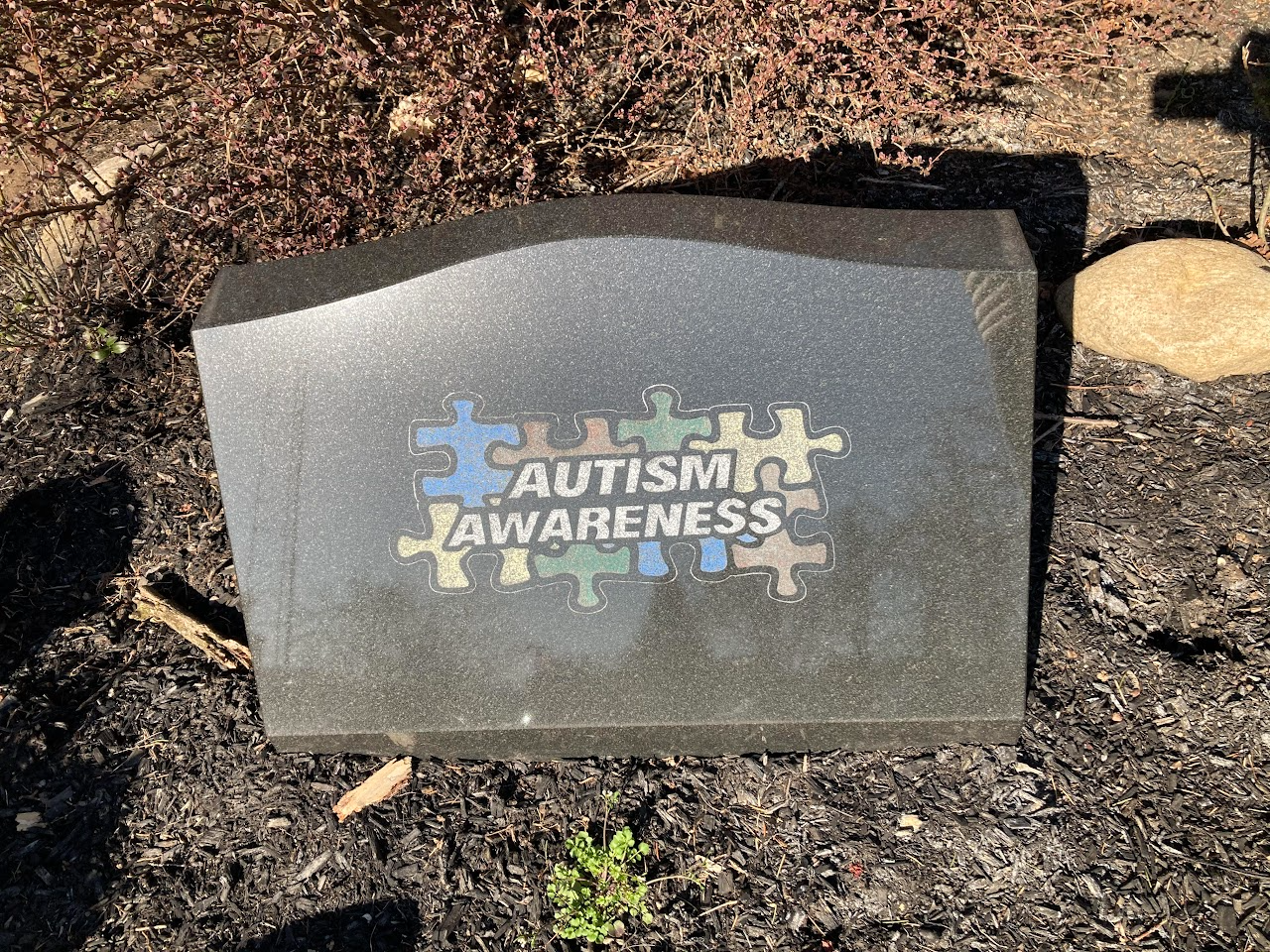Autism Awareness
The History of Autism Awareness in Cedar Grove
April is worldwide Autism Awareness Month. In the township of Cedar Grove, the Autism Awareness initiative began in 2012. Then a junior at Cedar Grove High School, Daniel Fanelli selected Autism Awareness as his Eagle Scout project. Daniel organized an Autism Awareness day that involved education for the community and resources for families impacted by autism. As part of the initiative, Daniel had an Autism Awareness monument built and erected in front of the Cedar Grove public library.
One of the groups that helped to support Daniel’s event was the R.E.A.L.I.S.E. (Realizing Excellence for Alternative Learners In Special Education) group. The REALISE group consists of parents and guardians of students who receive special services through the Cedar Grove district. Joined by the Cedar Grove public library and the Special Services Department of the Cedar Grove School district, the REALISE group has continued to organize an annual Autism Awareness Event for the community. Additionally, the REALISE group and Cedar Grove Special Service Department coordinate related Autism Awareness activities in the public school district. The purpose of the Autism Awareness initiative is to promote early recognition and treatment, and to foster understanding and acceptance.

1 in 32 or 3.1% of 8-year-old children in an area of New Jersey were identified with ASD by NJAS in 2016
The percentage of children with ASD increased in an area of New Jersey from about 2.9% in 2014 to about 3.1% in 2016.
Rising numbers of children with ASD need services and support, now and as they grow into adolescence and adulthood.
Boys continue to have a higher ASD prevalence than girls.
In 2016, 5% of boys in an area of New Jersey were identified with ASD, compared to about 1.2% of girls. • Future efforts may emphasize the importance of screening young children with standardized tools and connecting families to needed services before age 3 years.
The percentage of children with ASD continues to be higher in New Jersey compared to other areas in the United States where CDC tracks ASD. It is not known exactly why this is so, but geographic differences in evaluation and diagnostic practices for children with developmental concerns may play a role.
